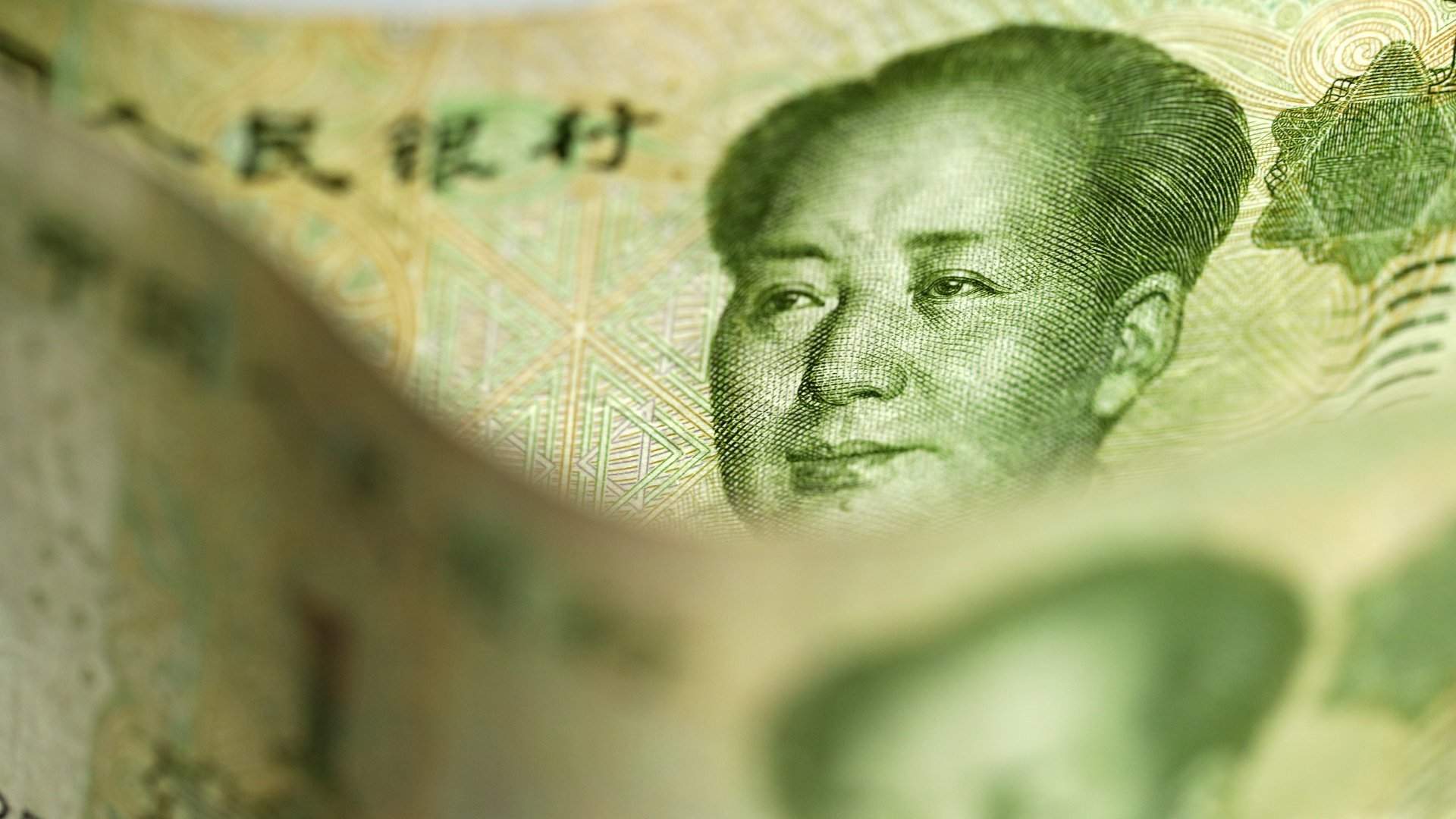
Chinese real estate crisis could become a prelude to a deeper, more severe and protracted problem
By Rhod Mackenzie
The real estate crisis in China has the potential to trigger a more severe and prolonged crisis, leading to a lost decade for the country. This could have a significant impact on the global economy.
The ongoing crisis in China is not the first time the real estate market has experienced a downturn. However, this time, finding a solution is not going to be easy. In China, the real estate market is the largest sector of the economy, contributing up to 30% of the GDP. Additionally, the growth of cities leads to the development of many related sectors of the economy, such as the construction of roads, railways, energy, and utility infrastructure. All of these factors create a significant demand for steel, cement, and finishing materials. The growth of cities also means an increase in the number of workers, which in turn leads to an increase in production and services.
In recent years, the Chinese economy has faced a crisis of overproduction in the real estate sector. Currently, 90% of the urban population owns real estate, with a housing provision level exceeding 30 square meters per person. This figure is already higher than that of the Czech Republic or Greece. Consequently, there is a lack of demand for apartments in China, which has resulted in the loss of the most important driver of economic growth. The market is now saturated. It will take several years to solve the problems of the real estate market, such as stabilising prices, clearing out bad mortgage debts, and writing off losses from banks and developers. However, by then, other factors that are slowing down the development of the Chinese economy will begin to take their toll.
China consumes one out of every two tons of coal in the world. Although they set another production and consumption record last year, the International Energy Agency reports that the calorific value of coal mined in China is decreasing. This means that even more coal must be mined to generate the same amount of electricity. Additionally, the average depth of Chinese mines has already exceeded 1200 meters, which is significantly deeper than the average depth of Kuzbass mines (300 meters) and their maximum depth (900 meters). The cost of producing Chinese coal naturally increases as its extraction becomes more complex. The decline in quality and increase in price will lead to higher electricity prices and the degradation of many industries in the country. This will further hinder economic growth.
Without dynamic growth of 4-6% per year, another issue will become acute - overburdening of municipalities, governments, and businesses with debt. Servicing the debt in a stagnant economy will be challenging as the interest on loans will grow faster than nominal GDP. China's non-financial debt has doubled in 15 years, reaching an astronomical 308% of GDP. This debt burden is significantly higher than that of the US (253%), the eurozone (240%), and the UK (237%).
Difficulties with debt servicing will, in turn, impact the safety of the savings of an entire nation that has created an economic miracle in recent decades. In the coming years, China will no longer benefit from the factors that have contributed to its extensive growth, namely cheap energy and a large population. This poses a significant challenge not only for China but also for the global economy.
